Categorie
- iridologia (226)
- Lettura degli occhi (24)
- Software QR (15)
- Blog (250)
- Illustrazione dell'iridologia (35)
- corso online di iridologia (54)
- iridologia (59)
- Mostra (2)
- Notizia (411)
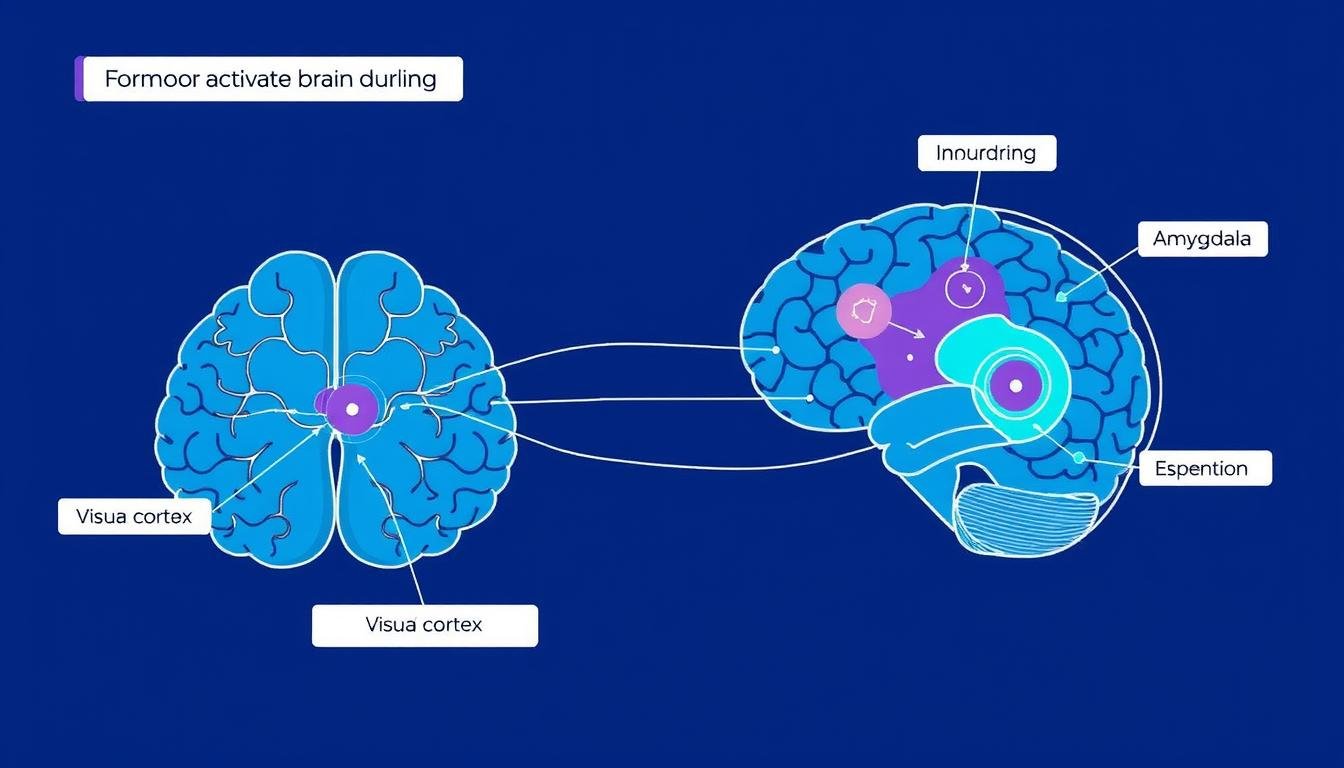
Brain regions involved in processing visual information during eye reading
At its core, eye reading is based on solid neurological principles. Our eyes are directly connected to our brain through the optic nerve, making them uniquely positioned to reflect our cognitive and emotional states. The power needed to correct vision problems is just one aspect of what our eyes can reveal about our neurological functioning.
When we observe someone’s eyes, we’re actually witnessing the external manifestation of complex brain activity. The pupillary distance and subtle eye movements provide clues about attention, interest, and emotional responses. These visual cues are processed by specialized regions in our brain that have evolved specifically for social interaction and threat detection.
Research using functional MRI has shown that specific brain regions activate when we engage in eye reading. The fusiform face area, superior temporal sulcus, and amygdala all play crucial roles in interpreting the social signals conveyed through eye contact, pupil dilation, and eye movement patterns.
“The eyes don’t lie because they are directly connected to the brain’s limbic system, which controls our emotional responses. This makes eye reading one of the most reliable methods for understanding genuine emotional states.”
One of the most telling aspects of eye reading is pupil dilation. Our pupils automatically dilate not only in response to light but also to emotional arousal, interest, and cognitive load. This involuntary response is controlled by the autonomic nervous system, making it difficult to fake or suppress.
When someone is interested or emotionally engaged, their pupils dilate regardless of lighting conditions. This physiological response has been used in scientific research to measure everything from consumer preferences to romantic attraction, demonstrating the power of eye reading as an assessment tool.
Want to learn more about the fascinating science of eye reading? Download our comprehensive guide that includes advanced techniques, practical exercises, and the latest research findings.
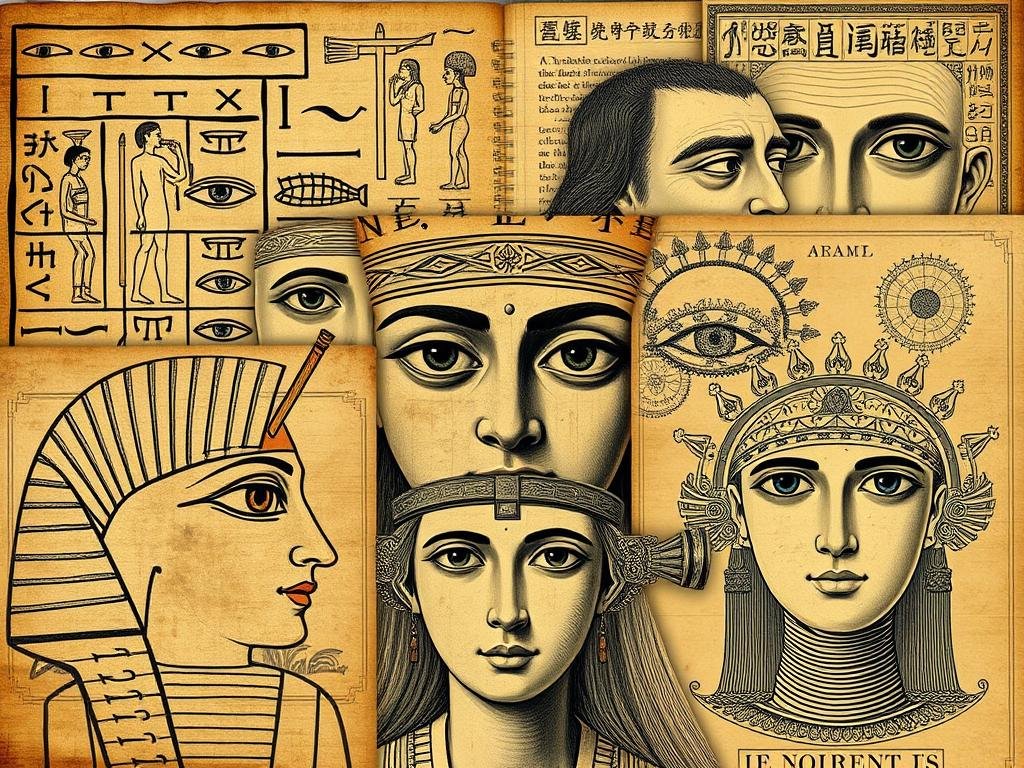
Historical depictions of eye reading practices across different cultures
The practice of eye reading dates back thousands of years. Ancient Egyptians believed the eyes were not just organs of sight but gateways to the soul. Their elaborate eye makeup wasn’t merely decorative—it was designed to enhance the expressive power of the eyes and protect this important window to one’s inner being.
In traditional Chinese medicine and physiognomy, practitioners have long studied the eyes to diagnose health conditions and assess character. The shape, color, clarity, and movement of the eyes were all considered important diagnostic indicators, creating an early system of eye reading that influenced medical practices throughout Asia.
During the Renaissance, eye reading began its transition from mystical practice to scientific inquiry. Physiognomists like Johann Kaspar Lavater developed systematic approaches to reading character through facial features, with special attention paid to the eyes. While many of these early theories have been discredited, they laid the groundwork for more rigorous scientific investigation.
By the 19th century, Charles Darwin’s work on emotional expression included significant observations about eye movements and expressions, bringing eye reading further into the realm of legitimate scientific study. His observations about how emotions manifest in the eyes continue to influence modern psychological research.
![]()
Advanced eye tracking technology used in contemporary eye reading research
Today’s eye reading has been revolutionized by technology. Eye-tracking devices can now measure precisely where someone is looking, for how long, and in what pattern. This technology has applications ranging from website usability testing to diagnosing neurological conditions.
Marketing researchers use eye reading to determine which parts of advertisements capture attention, while UX designers track eye movements to optimize user interfaces. The ability to objectively measure visual attention has transformed these fields, making eye reading an essential tool in the digital age.
| Eye Reading Application | Industry | Vantaggi chiave | Technology Used |
| Consumer Behavior Analysis | Marketing & Retail | Optimize product placement and advertising | Remote eye trackers, Heat mapping |
| Medical Diagnostics | Healthcare | Early detection of neurological disorders | High-precision eye tracking, AI analysis |
| Lie Detection | Law Enforcement | Non-invasive deception indicators | Pupillometry, Micro-expression analysis |
| User Experience Testing | Technology | Interface optimization, usability improvements | Screen-based eye trackers, Gaze plots |
In medicine, eye reading has become an invaluable diagnostic tool. Neurologists can detect early signs of conditions like Alzheimer’s, Parkinson’s, and autism through careful analysis of eye movements and responses. The eyes can reveal subtle neurological changes before other symptoms become apparent.
During a comprehensive eye exam, specialists aren’t just checking your vision—they’re also reading your eyes for signs of systemic health issues. Conditions like diabetes, hypertension, and autoimmune disorders often show early warning signs in the eyes, making eye reading an essential part of preventive healthcare.
Learn practical eye reading techniques from leading experts in psychology and neuroscience. Our interactive webinar will cover both the science and application of modern eye reading methods.
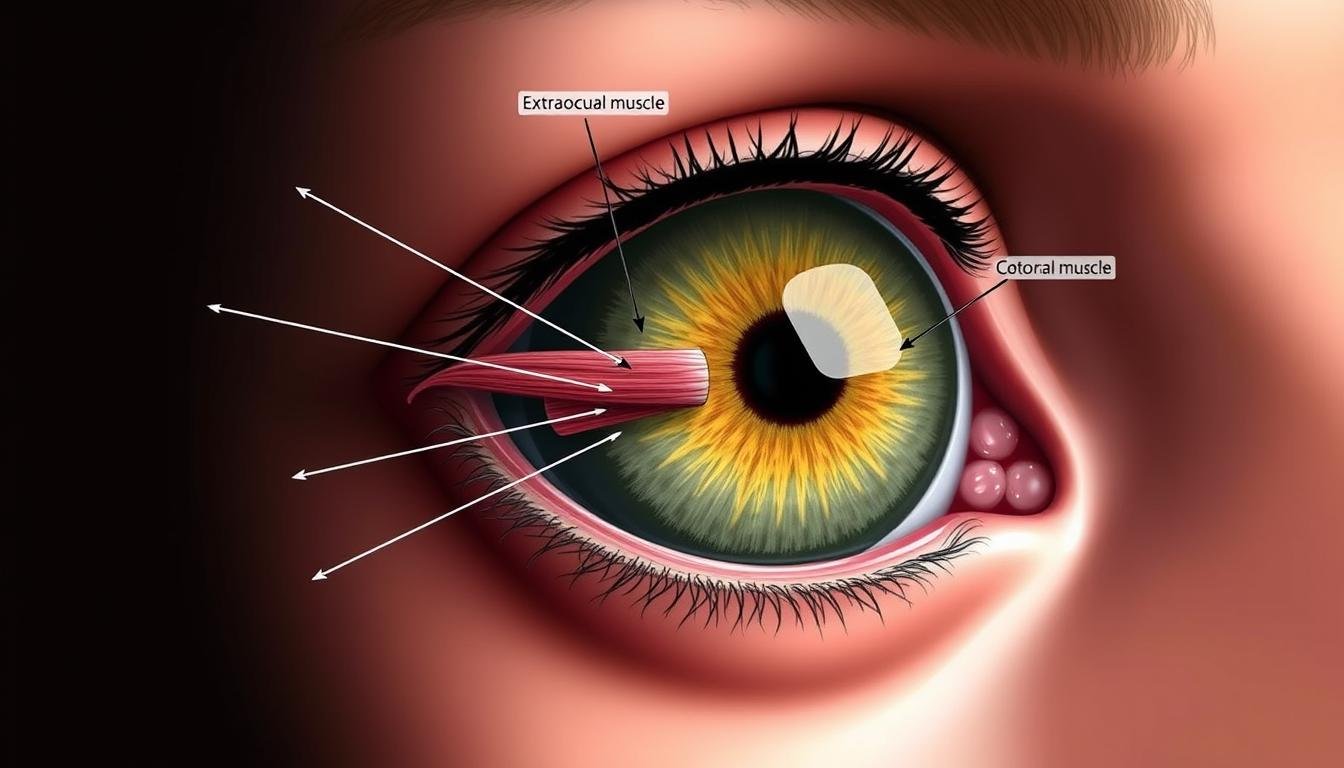
Anatomical structure of the eye showing muscles that control movement
When practicing eye reading, understanding the basic mechanics of eye movement is crucial. Our eyes don’t move smoothly across a scene or face—they jump in rapid movements called saccades, interspersed with brief pauses called fixations. These patterns reveal what information a person is processing and in what order.
Saccades typically last 20-40 milliseconds, while fixations last 200-300 milliseconds. By tracking these movements, eye reading experts can determine what captures someone’s attention, what they might be thinking about, and even predict their next actions in some cases.
The human eye is controlled by six muscles that allow for incredibly precise movements. These muscles not only direct our gaze but also contribute to micro-expressions—tiny, involuntary facial movements that last just 1/15 to 1/25 of a second. In eye reading, these fleeting expressions often reveal genuine emotions that a person may be trying to conceal.
The corrugator supercilii muscle, for instance, controls the eyebrows and activates during expressions of confusion or concentration. Trained eye reading practitioners can detect these subtle muscle movements to gain insights into a person’s true emotional state, even when they’re attempting to mask their feelings.
Did you know? The human eye makes approximately 150,000 movements per day. Each of these movements can provide valuable data for eye reading analysis, making the eyes one of the richest sources of nonverbal communication.
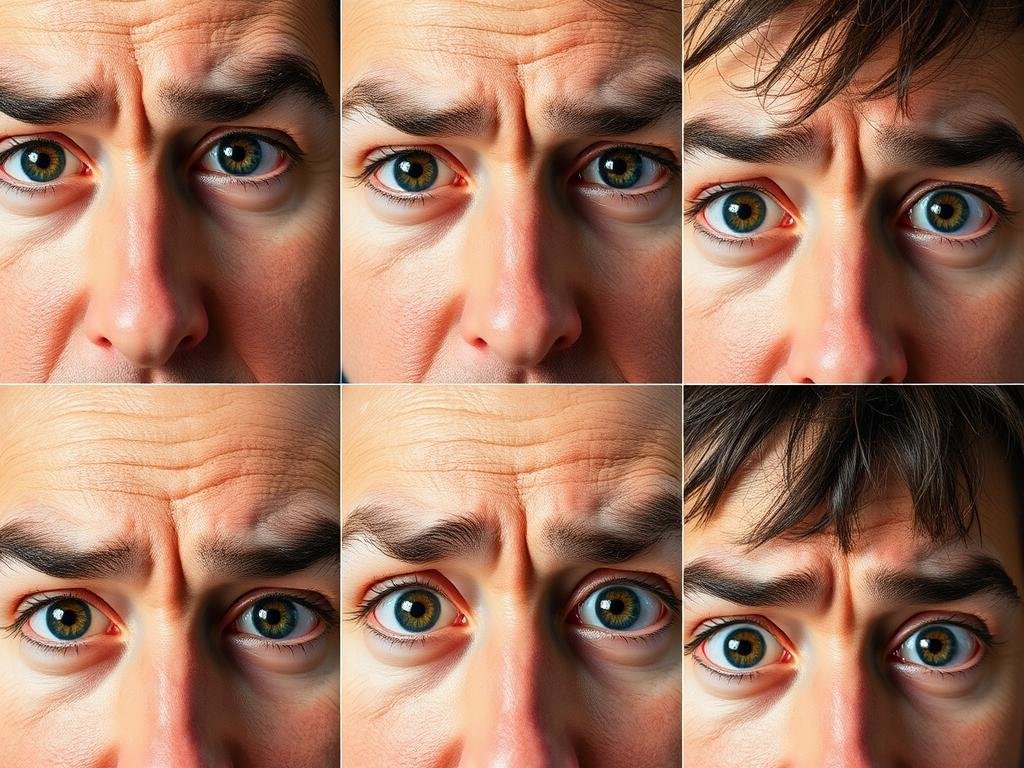
Different eye expressions corresponding to various emotional states
One of the most studied aspects of eye reading is eye-accessing cues—the tendency for people to look in specific directions when accessing different types of information. While these patterns aren’t universal and should be calibrated to individuals, they often provide valuable insights into cognitive processing.
For example, many people look up and to their left when recalling visual memories, but up and to their right when constructing or imagining visual information. Understanding these patterns can help eye reading practitioners distinguish between recalled and created information, though this should always be considered alongside other behavioral cues.
Beyond directional movements, eye reading also involves analyzing pupil dilation, which occurs in response to both changes in light and emotional arousal. When someone experiences strong emotions—whether positive or negative—their pupils typically dilate, providing a window into their emotional state that’s difficult to consciously control.
Research has shown that pupils dilate more in response to emotionally arousing stimuli than to neutral ones, regardless of whether the emotion is pleasant or unpleasant. This makes pupil dilation a particularly valuable metric in eye reading for assessing emotional engagement without relying on self-reporting.

Professional eye reading analysis being conducted in a business context
In business settings, eye reading has become a valuable skill for sales professionals, negotiators, and leaders. By observing eye movements during conversations, trained practitioners can gauge interest, detect concerns, and adjust their approach accordingly.
For example, when presenting a proposal, noting when a client’s pupils dilate can indicate points of interest or excitement. Similarly, recognizing when someone repeatedly looks away during discussion of specific terms might signal discomfort with those aspects of the deal, allowing for timely adjustments to the negotiation strategy.
On a personal level, developing eye reading skills can significantly enhance communication and empathy. By becoming more attuned to the subtle signals conveyed through others’ eyes, we can better understand their emotional states and respond appropriately.
Parents who practice eye reading with their children often report stronger connections and better ability to address unspoken needs. Similarly, couples who learn to read each other’s eye expressions typically experience improved communication and emotional intimacy.
While eye reading can provide valuable clues about deception, no single eye movement pattern reliably indicates lying across all people. The popular belief that looking up and to the left indicates truthfulness while looking up and to the right suggests lying has been largely debunked by scientific research. Effective deception detection requires analyzing multiple behavioral cues, establishing individual baselines, and considering context.
Developing basic eye reading skills typically takes several months of consistent practice and study. Mastery can take years, similar to learning any complex skill. Most practitioners start by learning to recognize obvious eye movement patterns and gradually develop sensitivity to more subtle cues. Regular practice with feedback, ideally from experienced mentors, significantly accelerates the learning process.
While some aspects of eye reading are universal due to shared human physiology (like pupil dilation in response to emotional arousal), many eye behaviors are culturally influenced. For example, norms regarding direct eye contact vary significantly across cultures. Effective cross-cultural eye reading requires understanding these differences and adjusting interpretations accordingly.
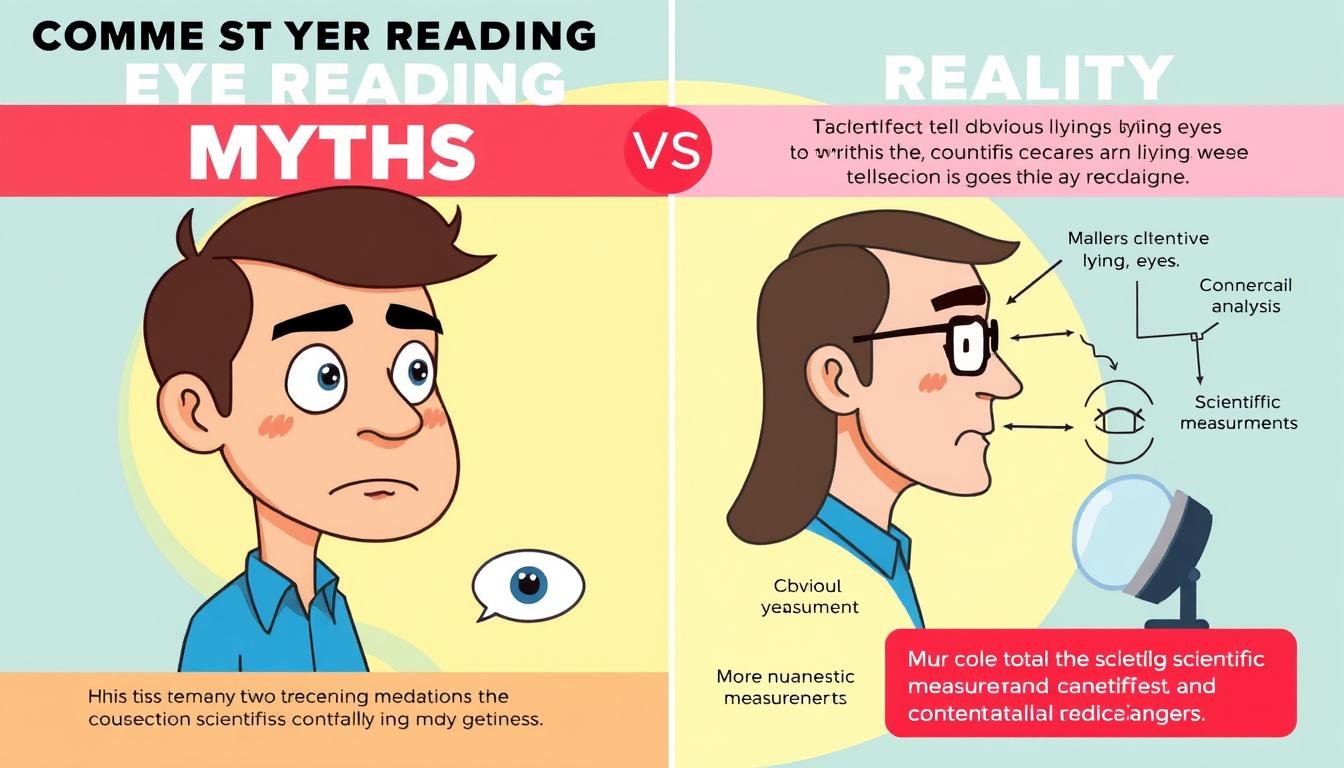
Comparing popular myths about eye reading with scientific evidence
Despite the scientific foundations of eye reading, numerous misconceptions persist in popular culture. One of the most common is the belief that specific eye movements universally indicate deception. While some patterns may correlate with cognitive load (which can accompany lying), no single eye behavior reliably indicates dishonesty across all individuals.
Another widespread myth is that eye reading can reveal precise thoughts rather than general cognitive and emotional states. While the eyes do provide valuable insights, they cannot be “read” like text to determine exactly what someone is thinking—they provide clues that must be interpreted in context.
Even scientifically-grounded eye reading has important limitations. Individual differences in neuroanatomy, cultural background, and personal habits all affect eye movement patterns, making universal interpretations problematic. Additionally, some people (particularly those with certain psychological conditions) may display atypical patterns that don’t align with common interpretations.
It’s also important to recognize that eye reading is probabilistic rather than deterministic. Even the most skilled practitioners make interpretive errors, which is why eye reading should be considered one tool among many for understanding human behavior, not an infallible method.
Ethical Considerations: As eye reading techniques become more sophisticated and widely used, ethical questions arise about privacy, consent, and potential misuse. Many experts advocate for transparent disclosure when eye tracking technology is being used, particularly in commercial or surveillance applications.
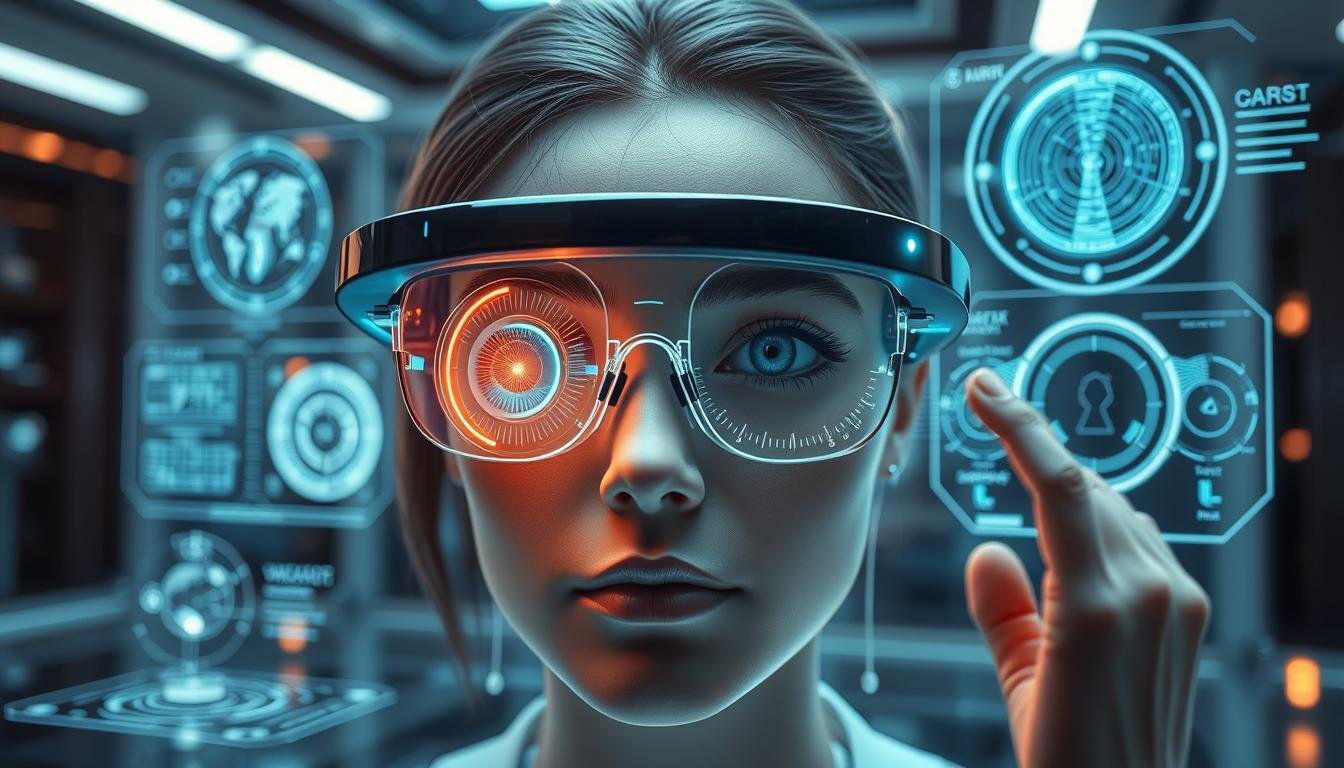
Conceptual illustration of future eye reading technologies
The integration of artificial intelligence with eye reading technology is opening new frontiers in this field. Machine learning algorithms can now detect patterns in eye movements that would be imperceptible to human observers, potentially revealing subtle indicators of neurological conditions, cognitive processes, and emotional states.
Researchers are developing AI systems that can analyze eye movements in real-time, with applications ranging from early detection of autism in children to monitoring driver alertness in autonomous vehicles. These advances are transforming eye reading from an interpretive art to a precise science with quantifiable metrics.
As eye reading technology becomes more sophisticated and widespread, important ethical questions arise. The ability to extract personal information from eye movements—potentially without conscious awareness or consent—raises significant privacy concerns that society and regulators are only beginning to address.
Future developments in eye reading will likely include both technological advances and corresponding ethical frameworks to ensure these powerful tools are used responsibly. Finding the balance between beneficial applications (like medical diagnostics) and potential misuse (such as manipulative marketing) remains a critical challenge for the field.
Eye reading stands at the intersection of ancient wisdom and cutting-edge science. From its origins in traditional practices to its current applications in neuroscience, marketing, and interpersonal communication, this field continues to reveal the remarkable complexity of human visual behavior and its connection to our inner states.
As technology advances and our understanding deepens, eye reading will likely play an increasingly important role in fields ranging from healthcare to human-computer interaction. By learning to better interpret the signals our eyes constantly transmit, we gain valuable insights not only into others but also into ourselves.
Whether you’re interested in eye reading for professional applications, personal development, or scientific curiosity, developing this skill can enhance your understanding of human behavior and communication in profound ways. The eyes truly are windows—not just to the soul, but to the intricate workings of the human mind.
Ready to develop your eye reading skills? Our comprehensive resources will help you master the science and art of understanding what the eyes reveal.
SOFTWARE MAIKONG IRIDOLOGIA Installazione e funzionamento
